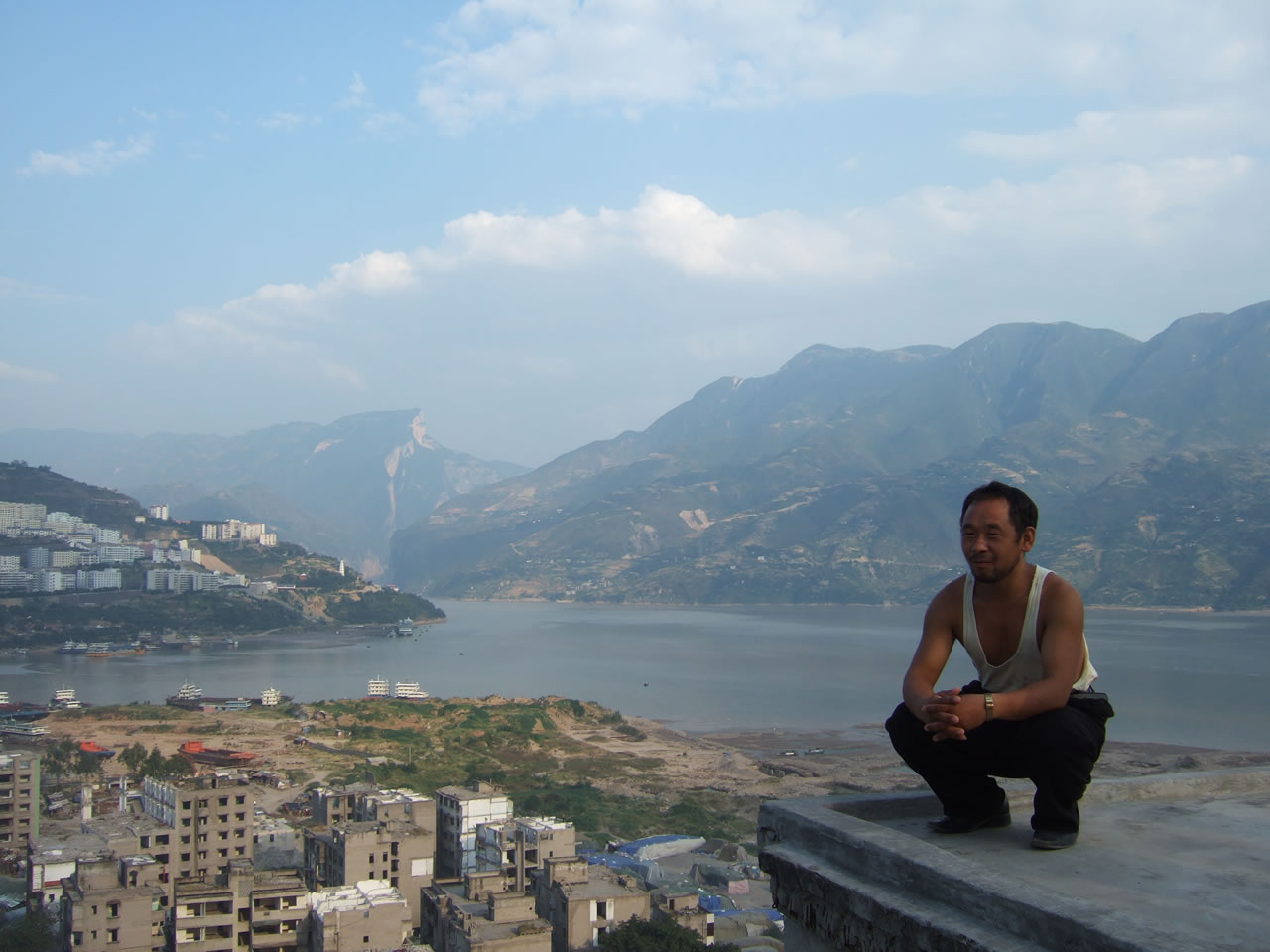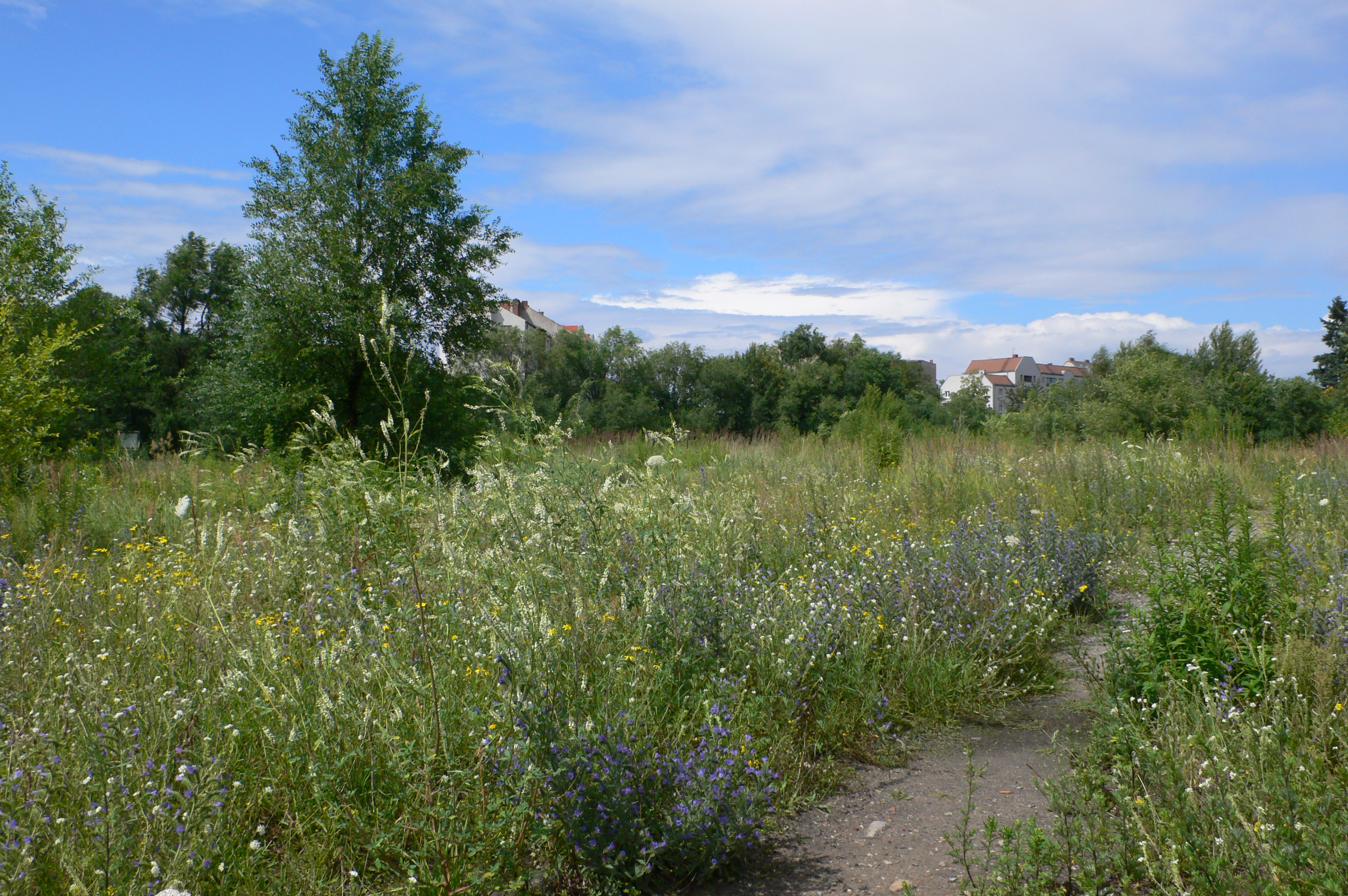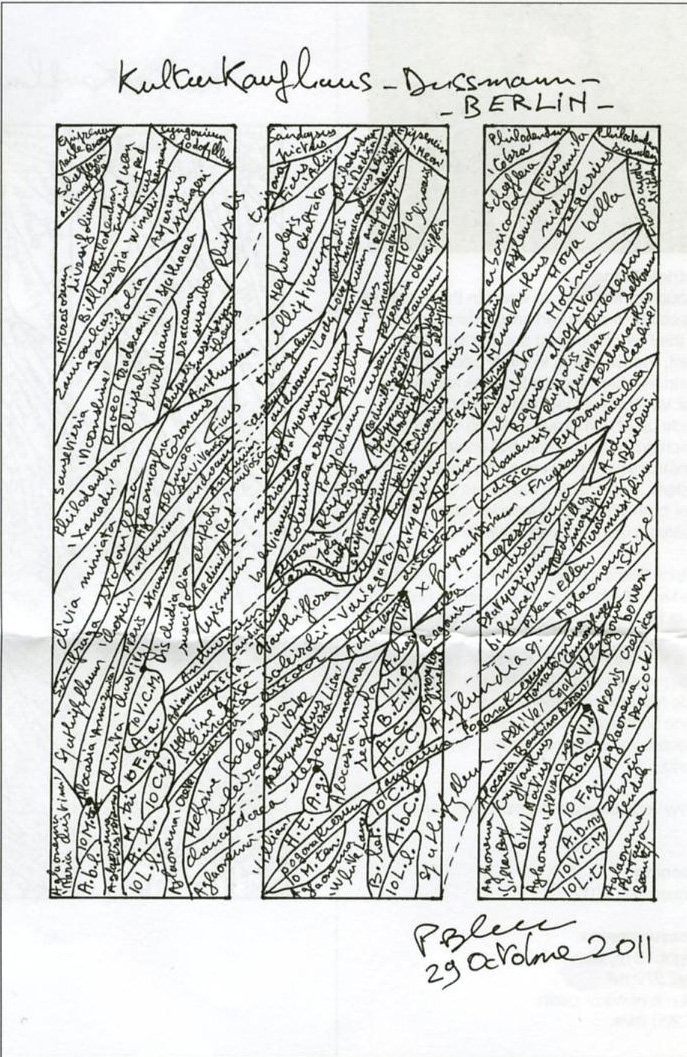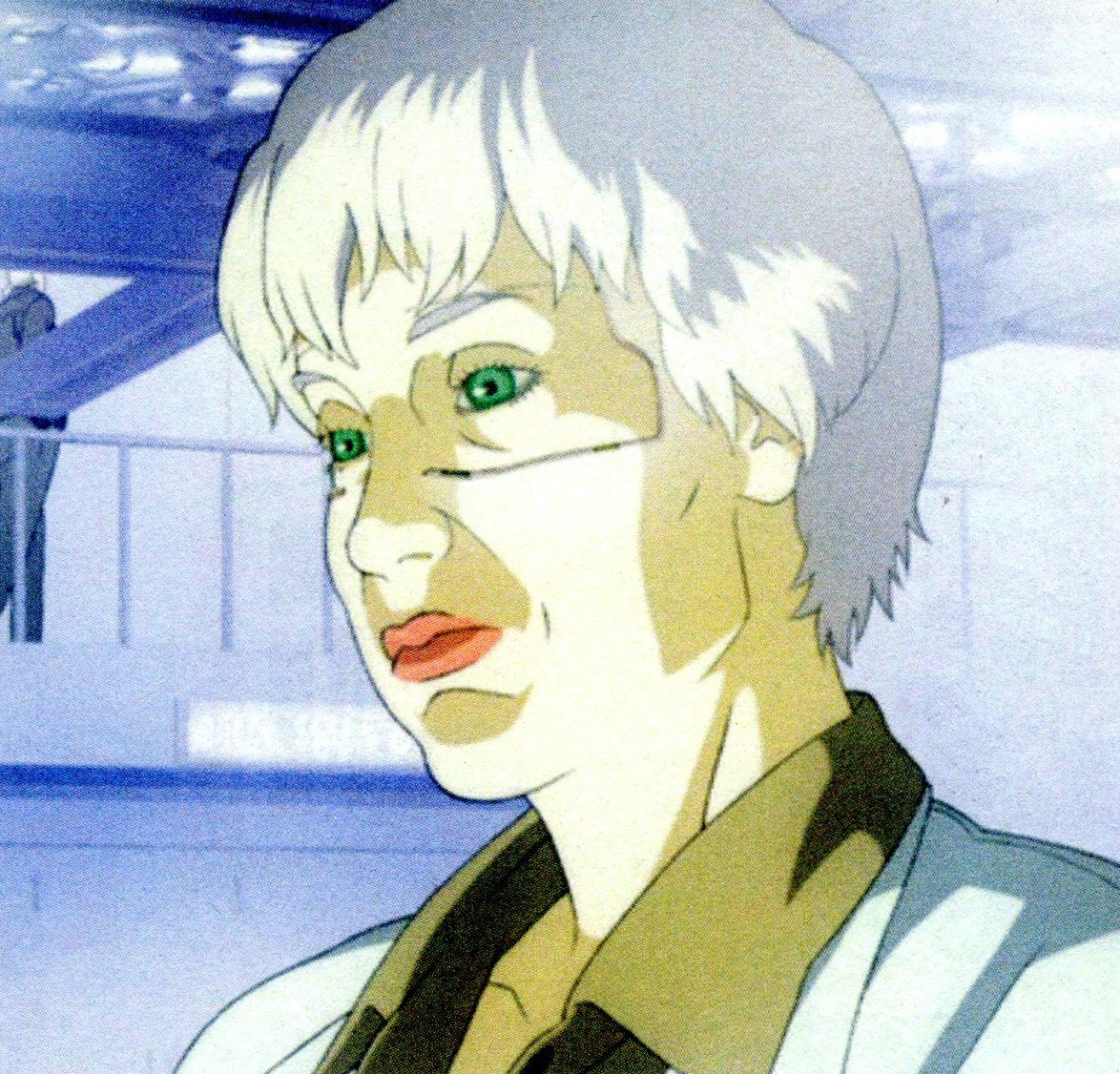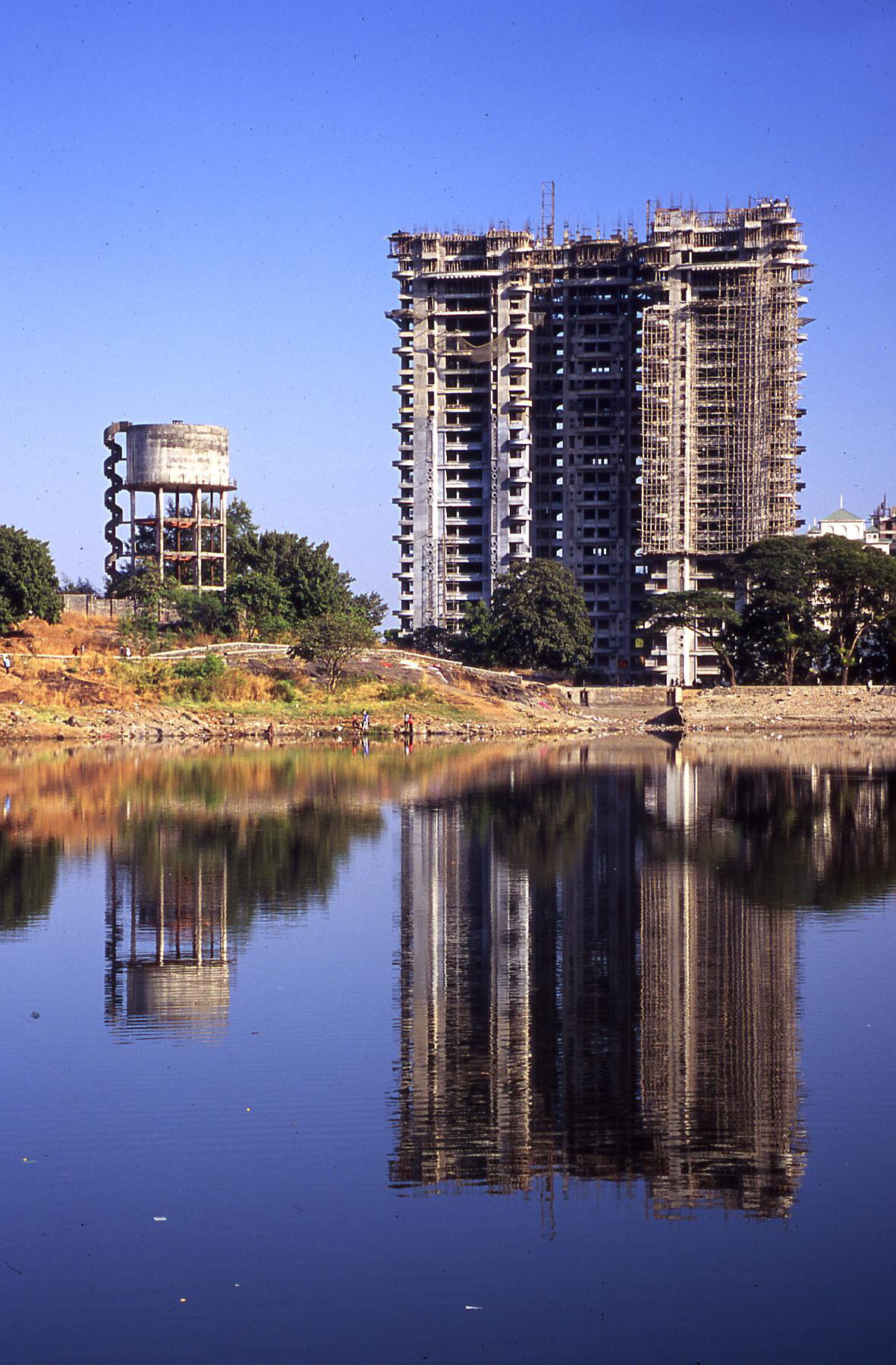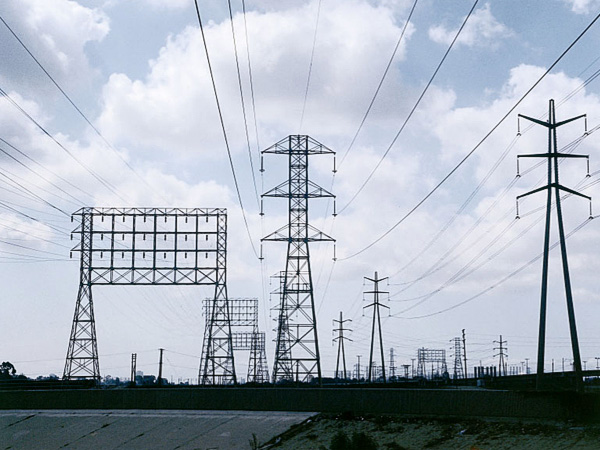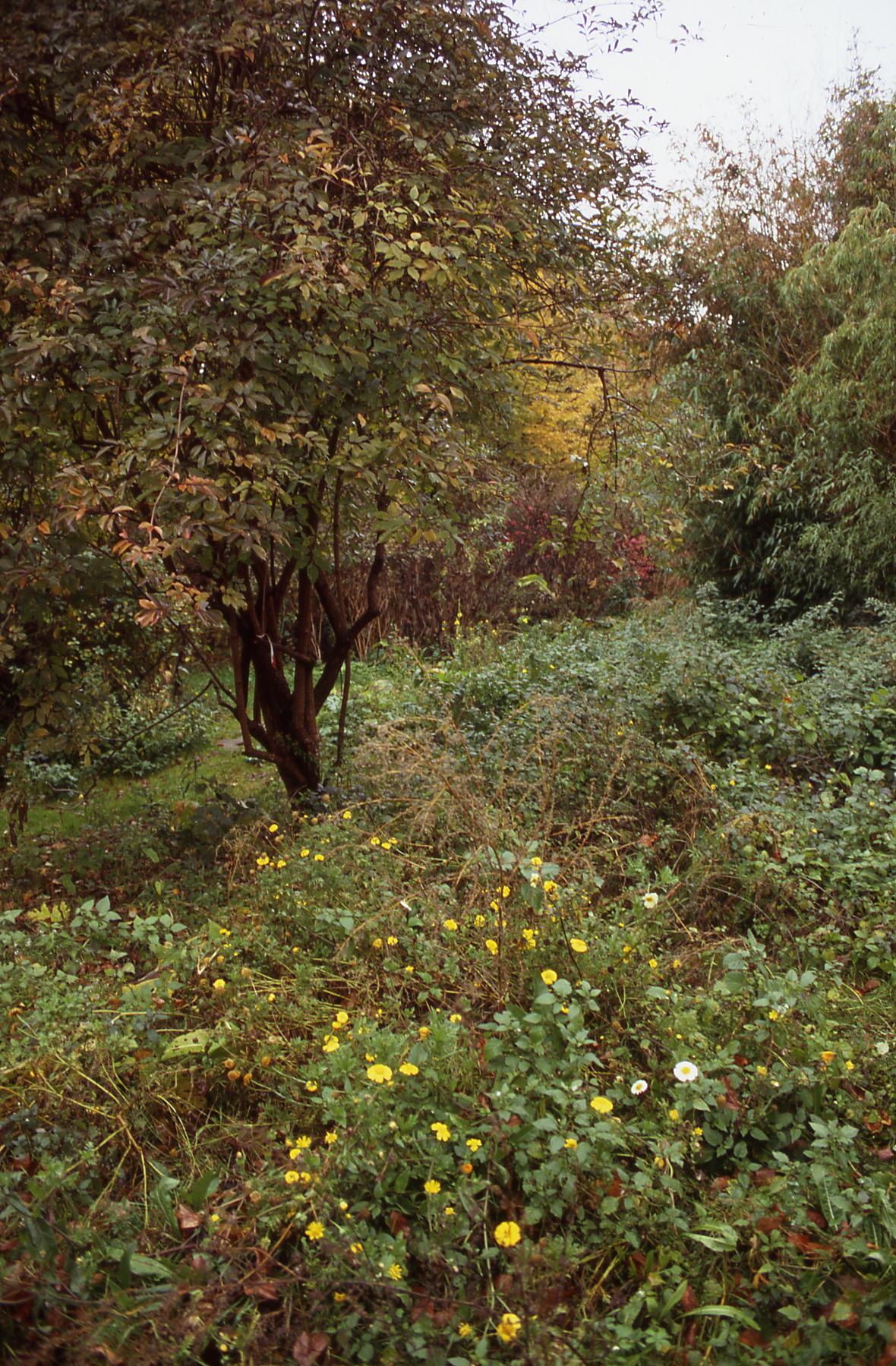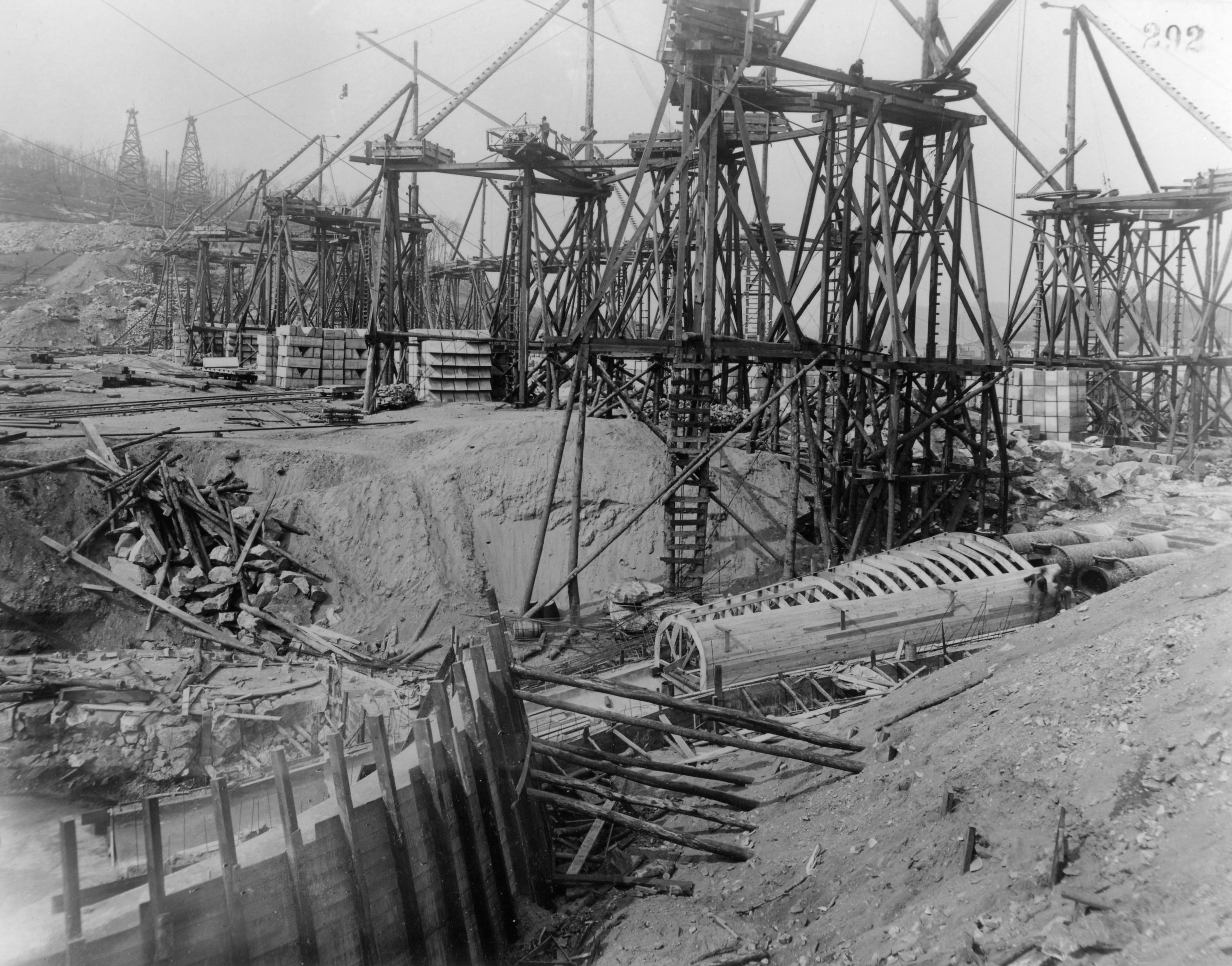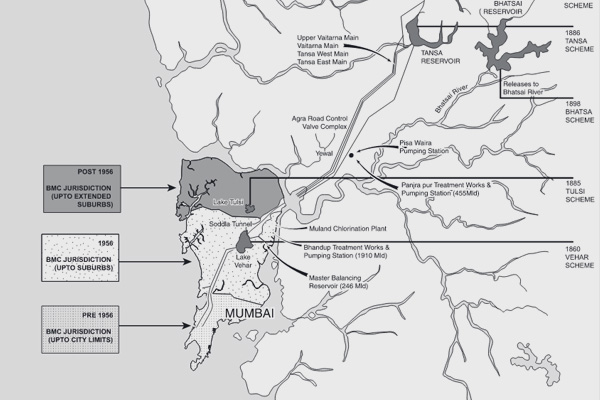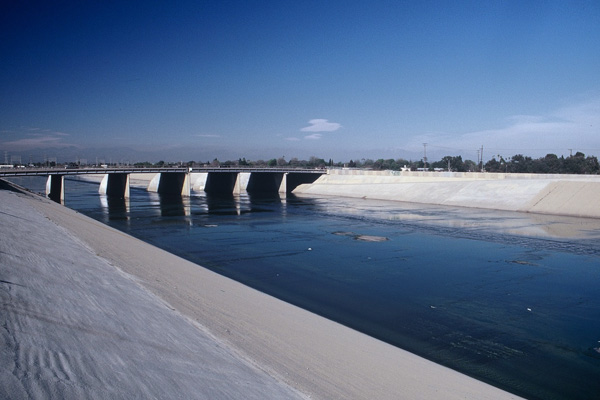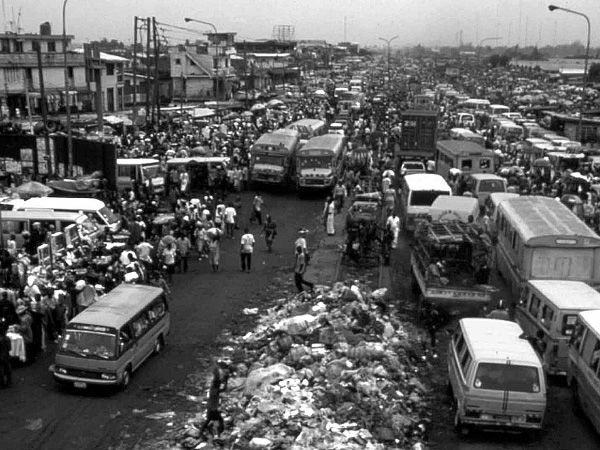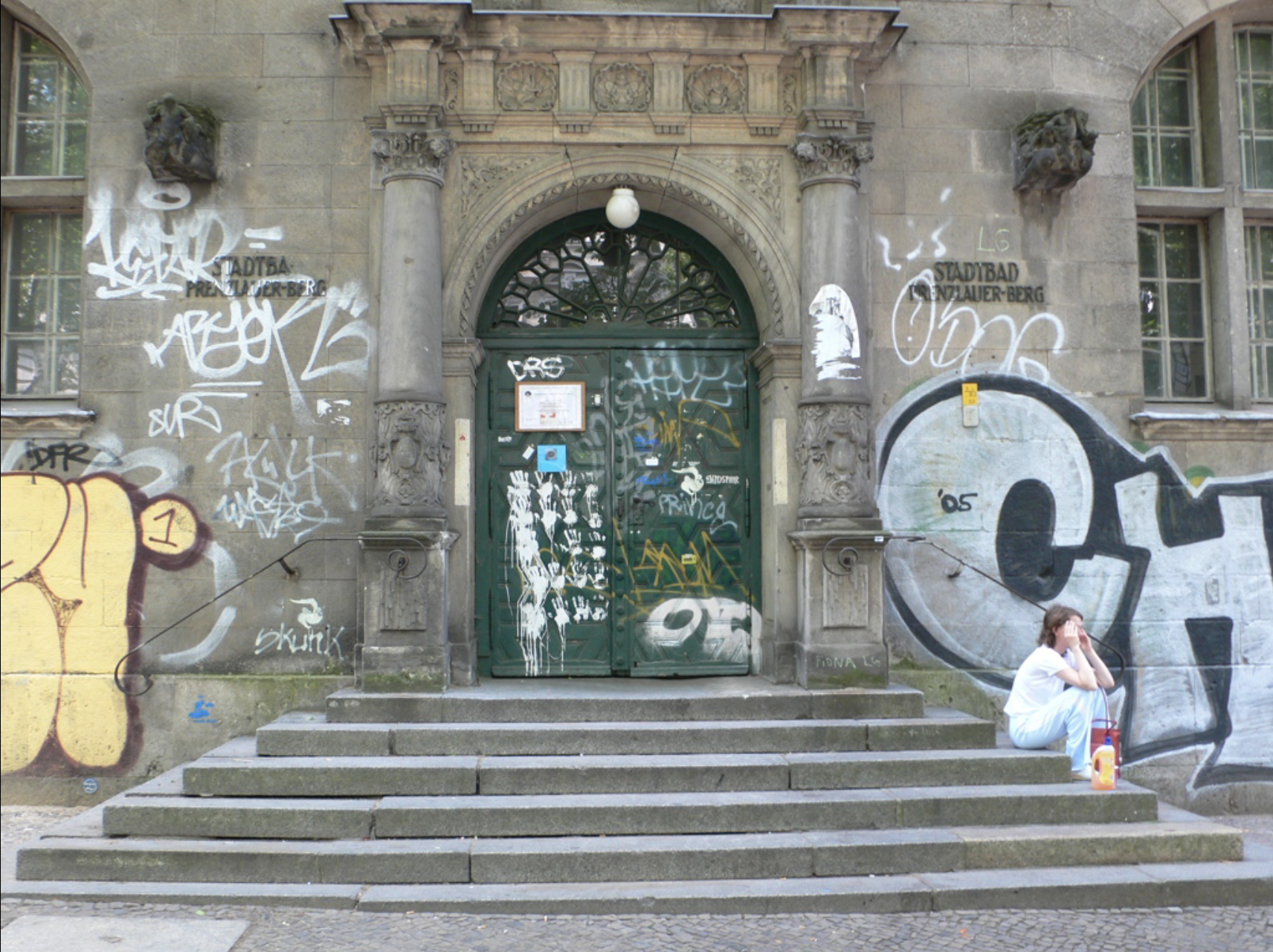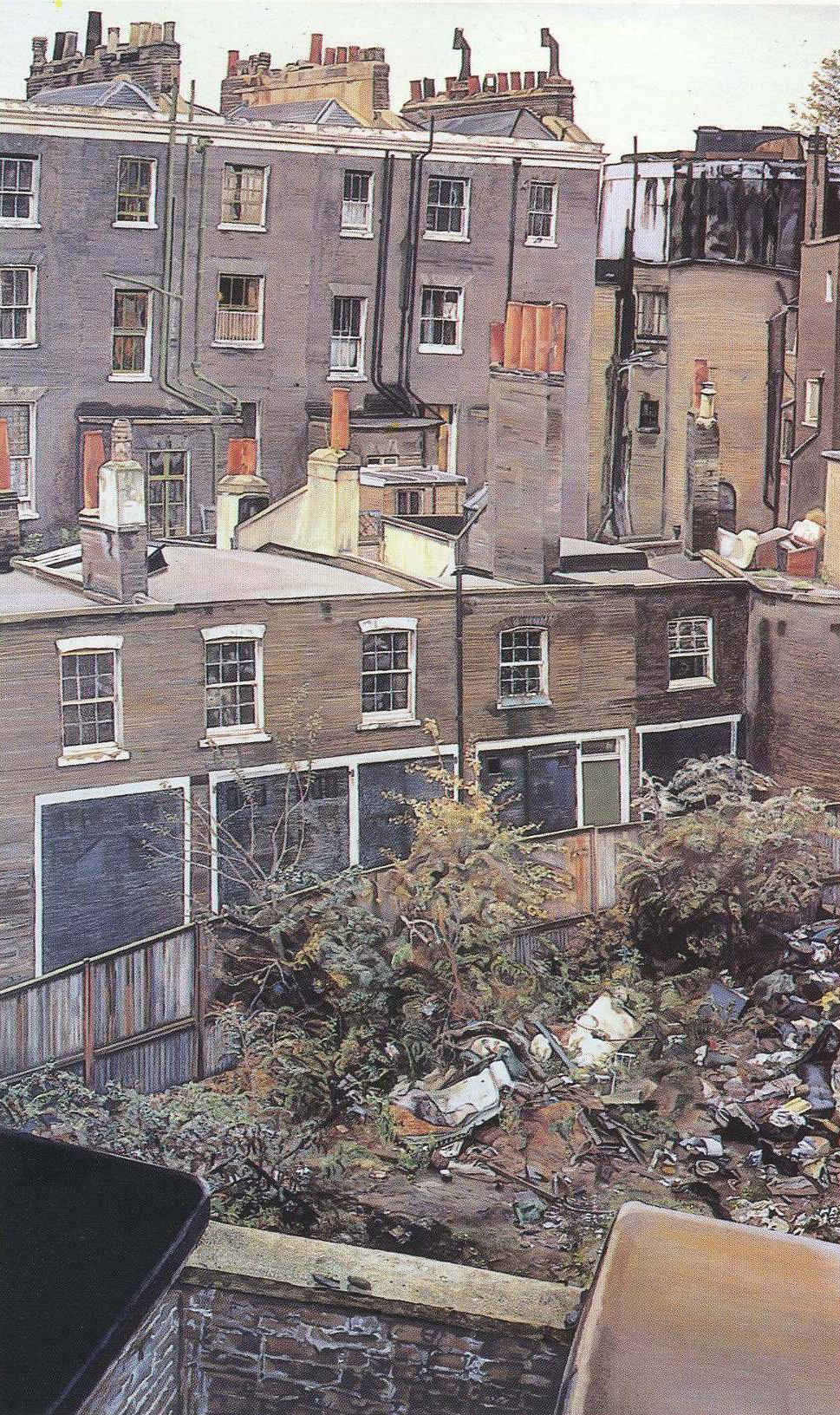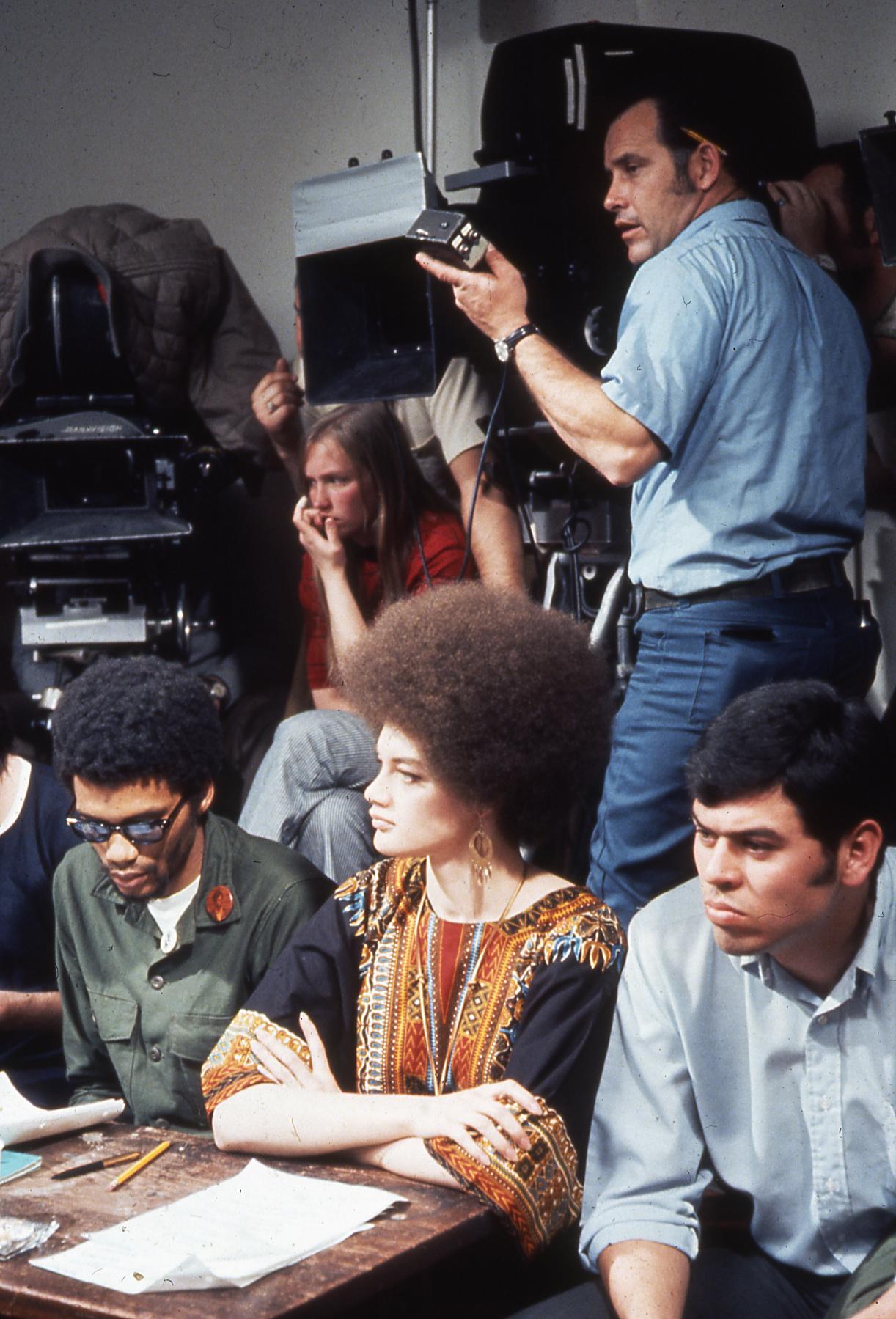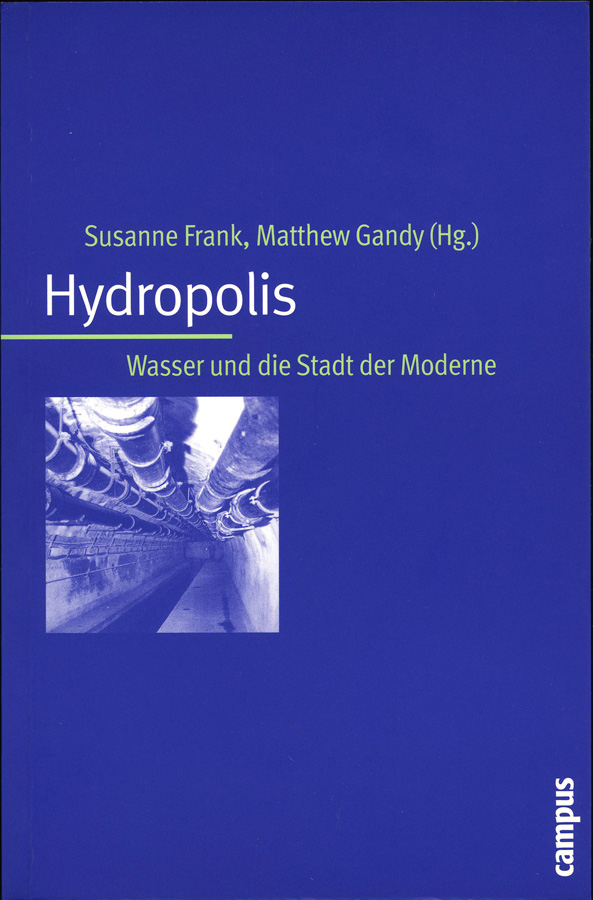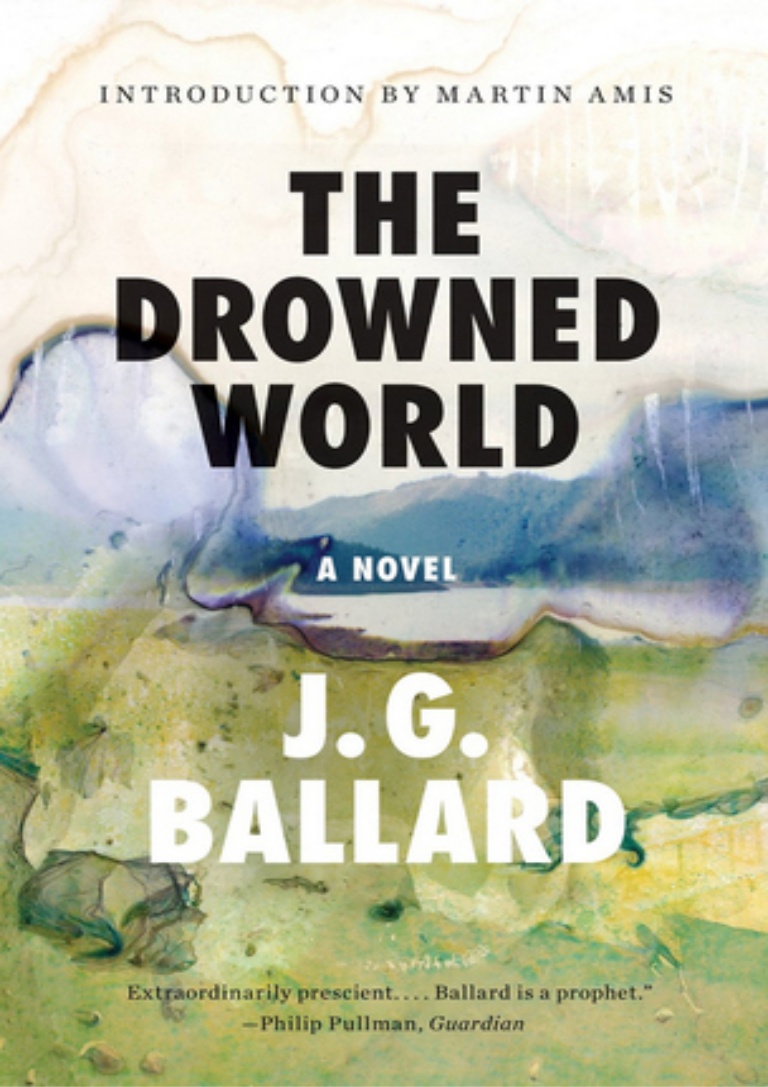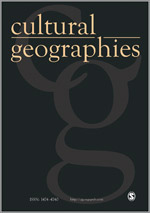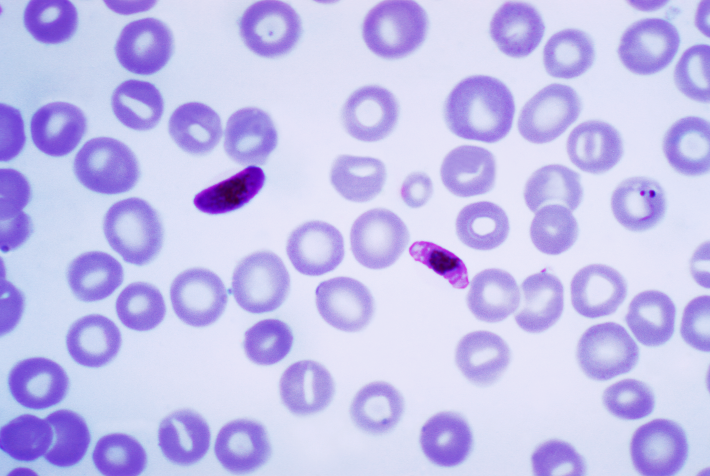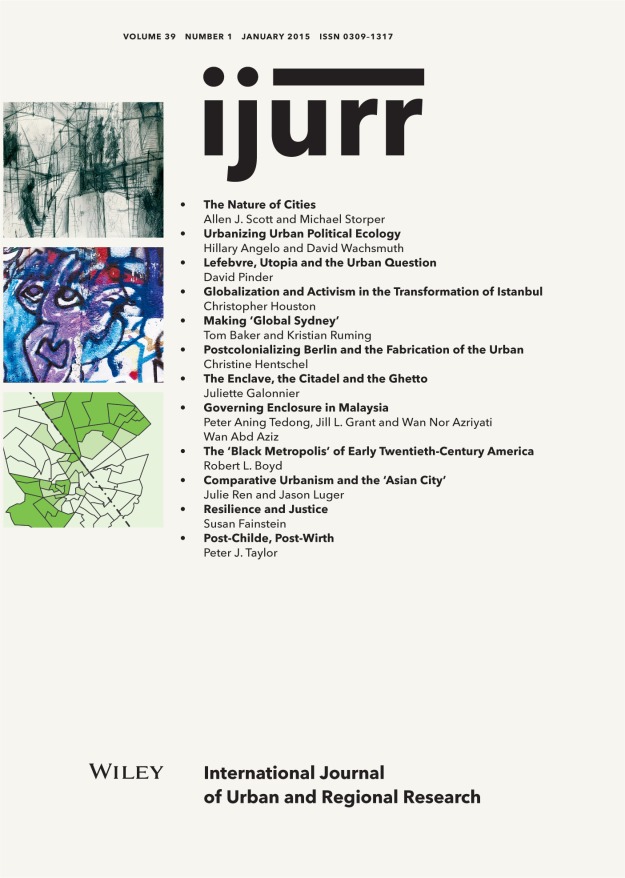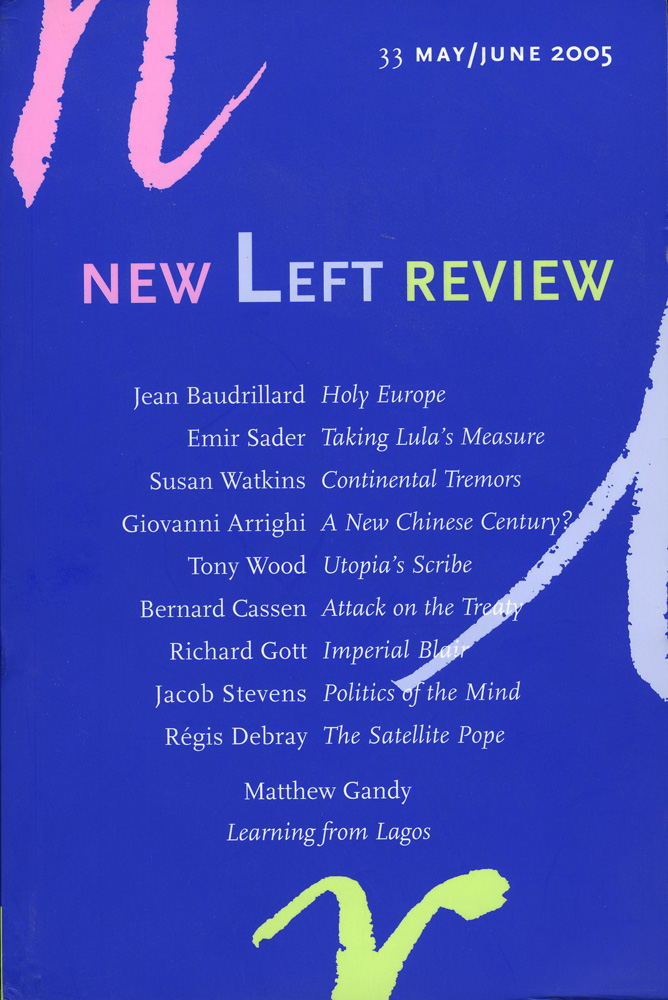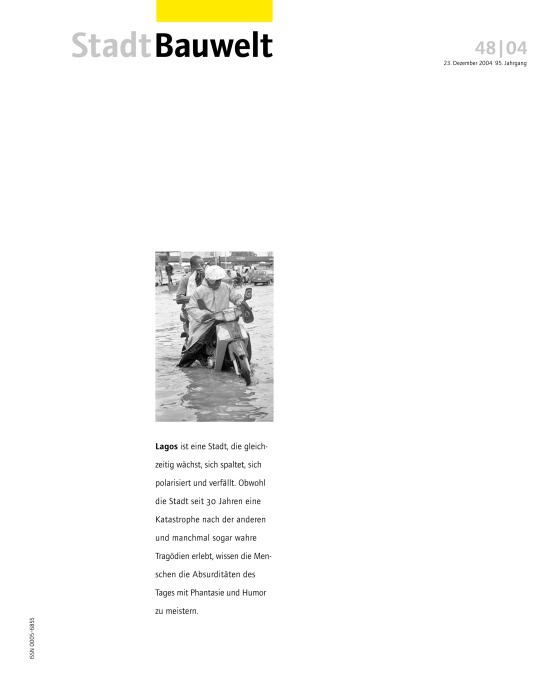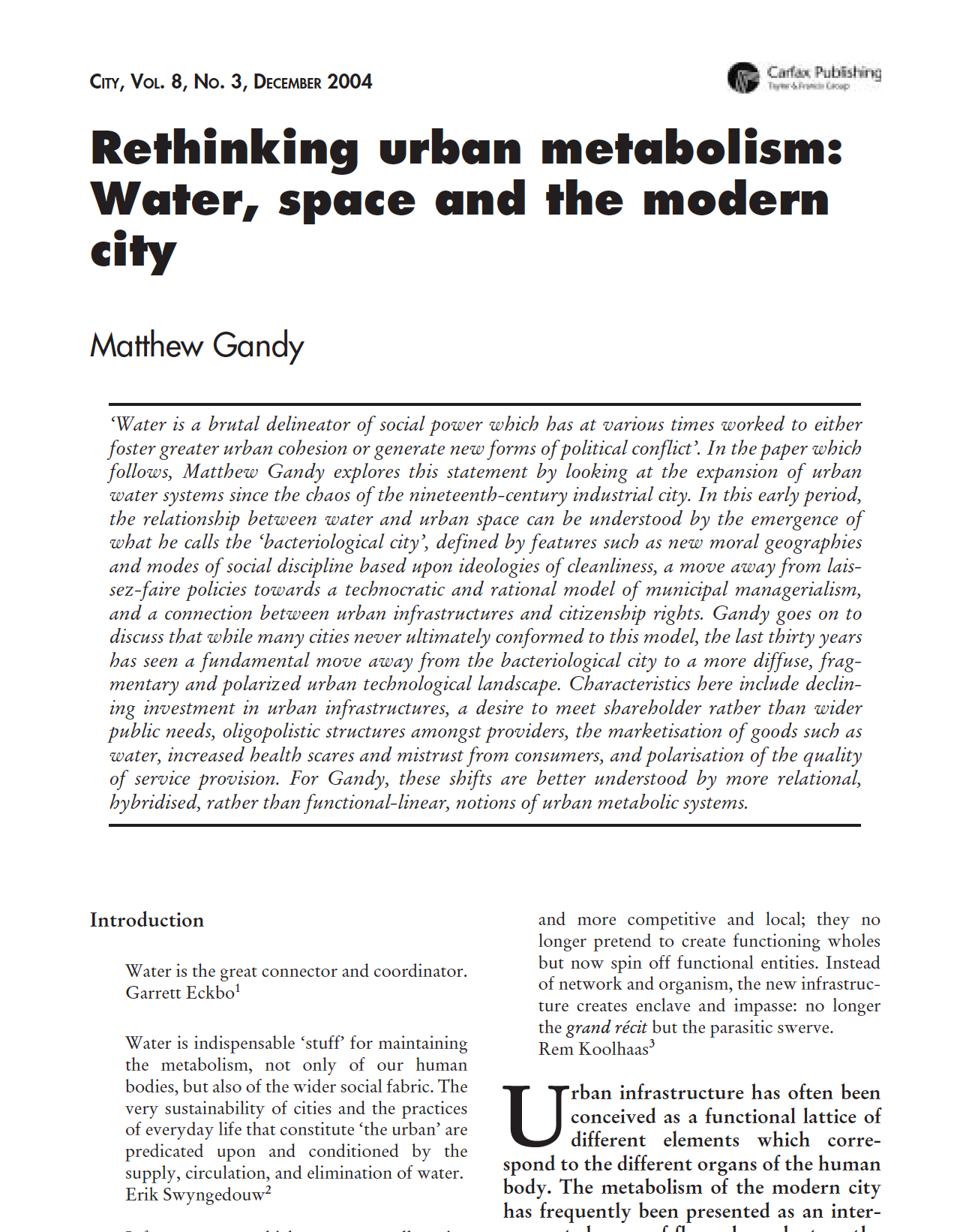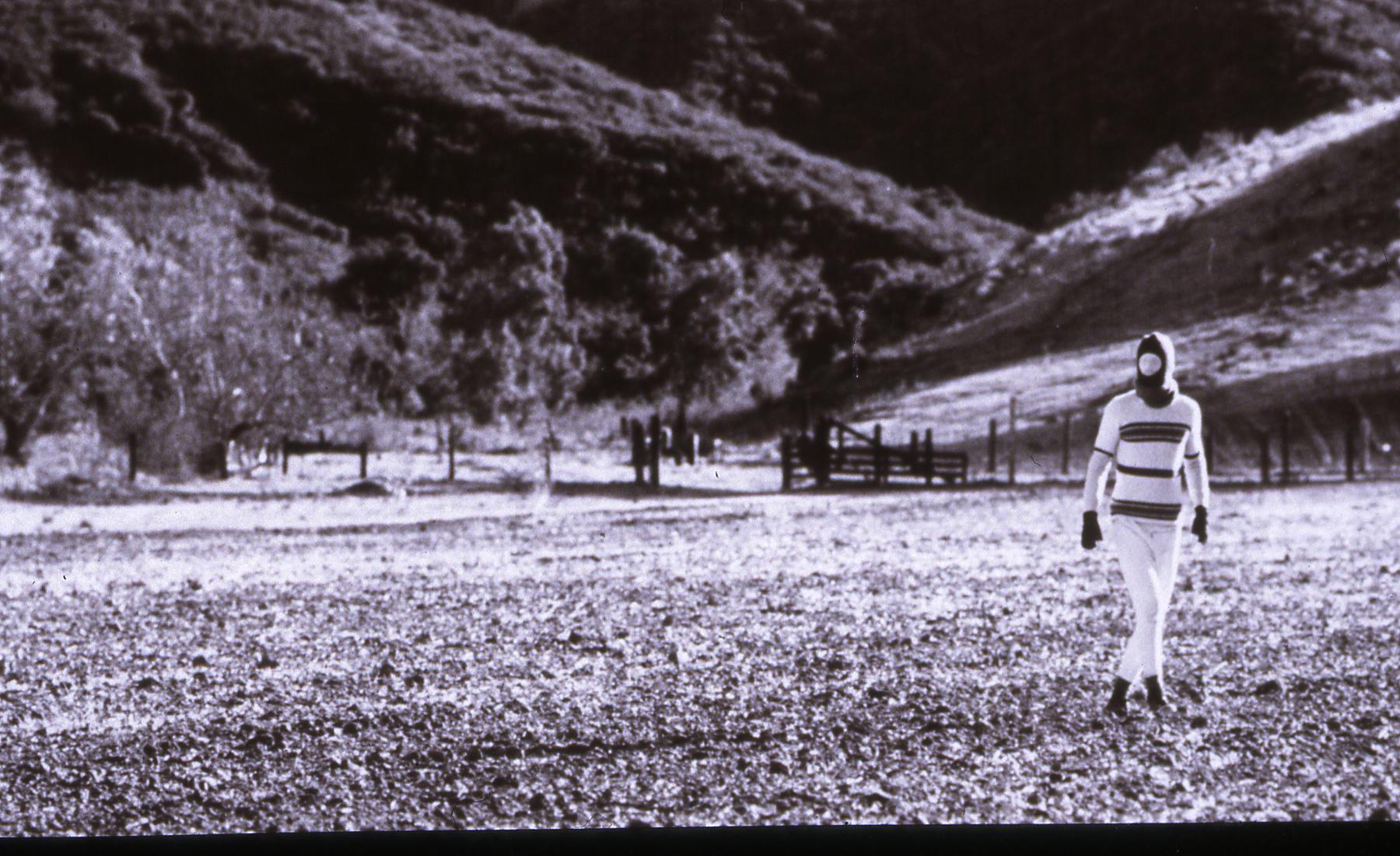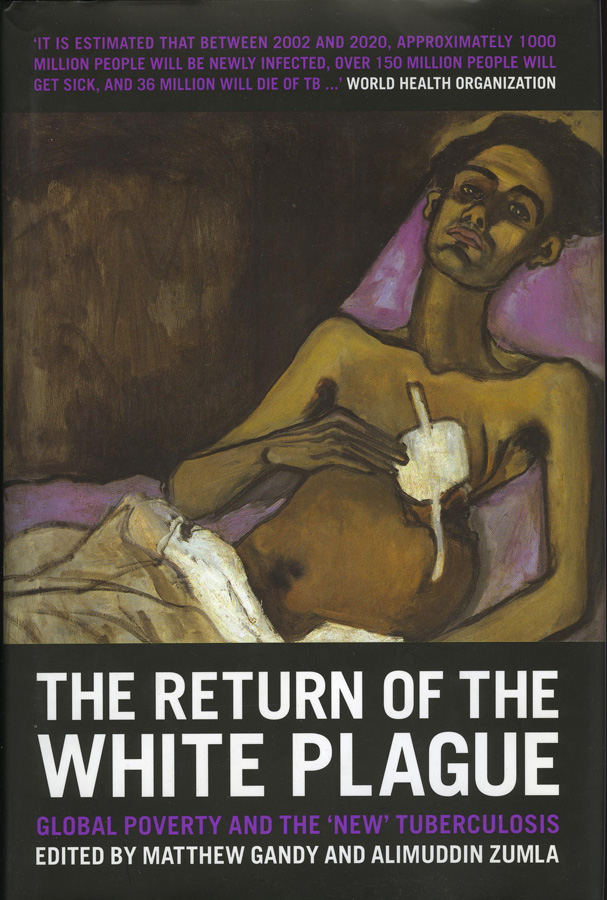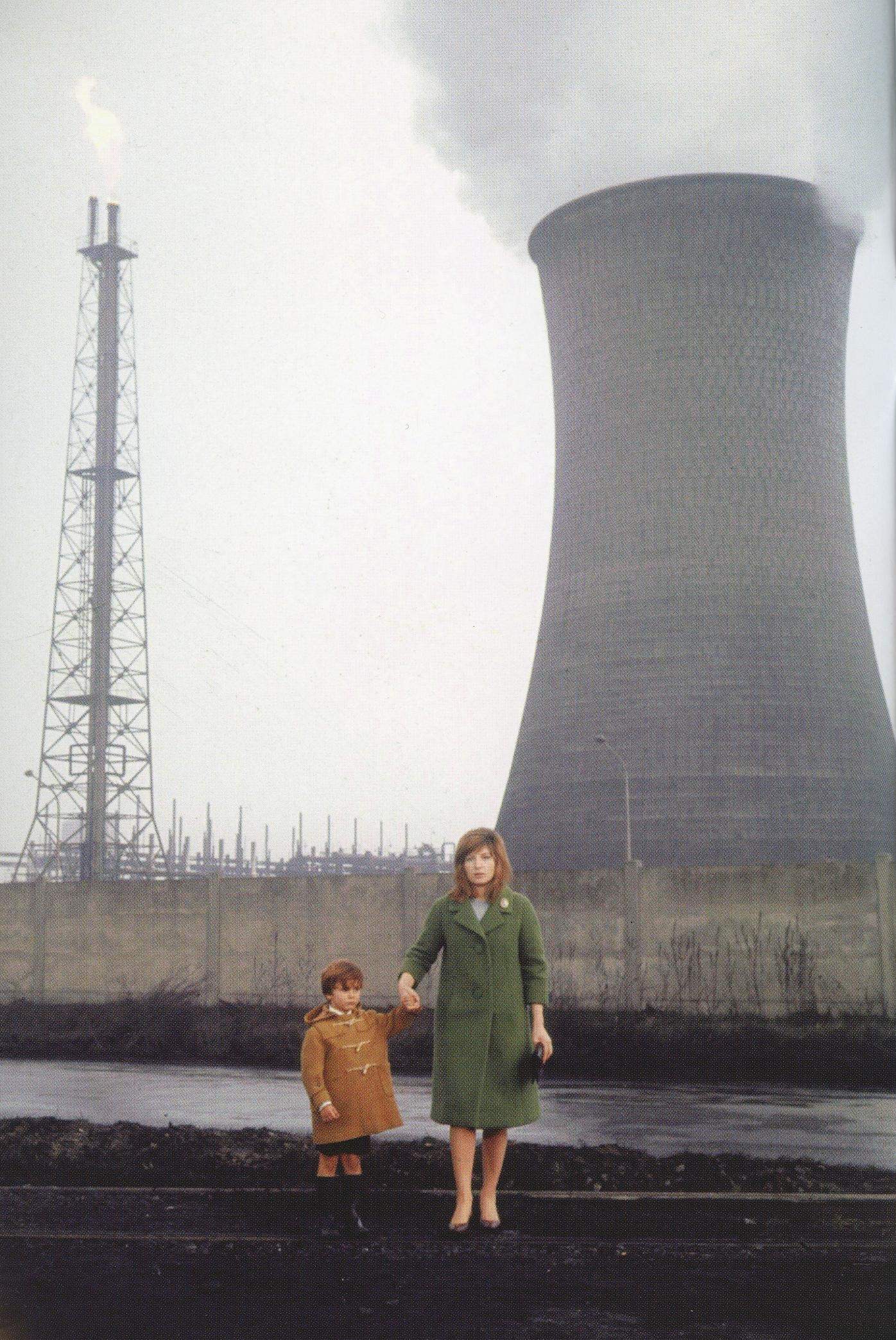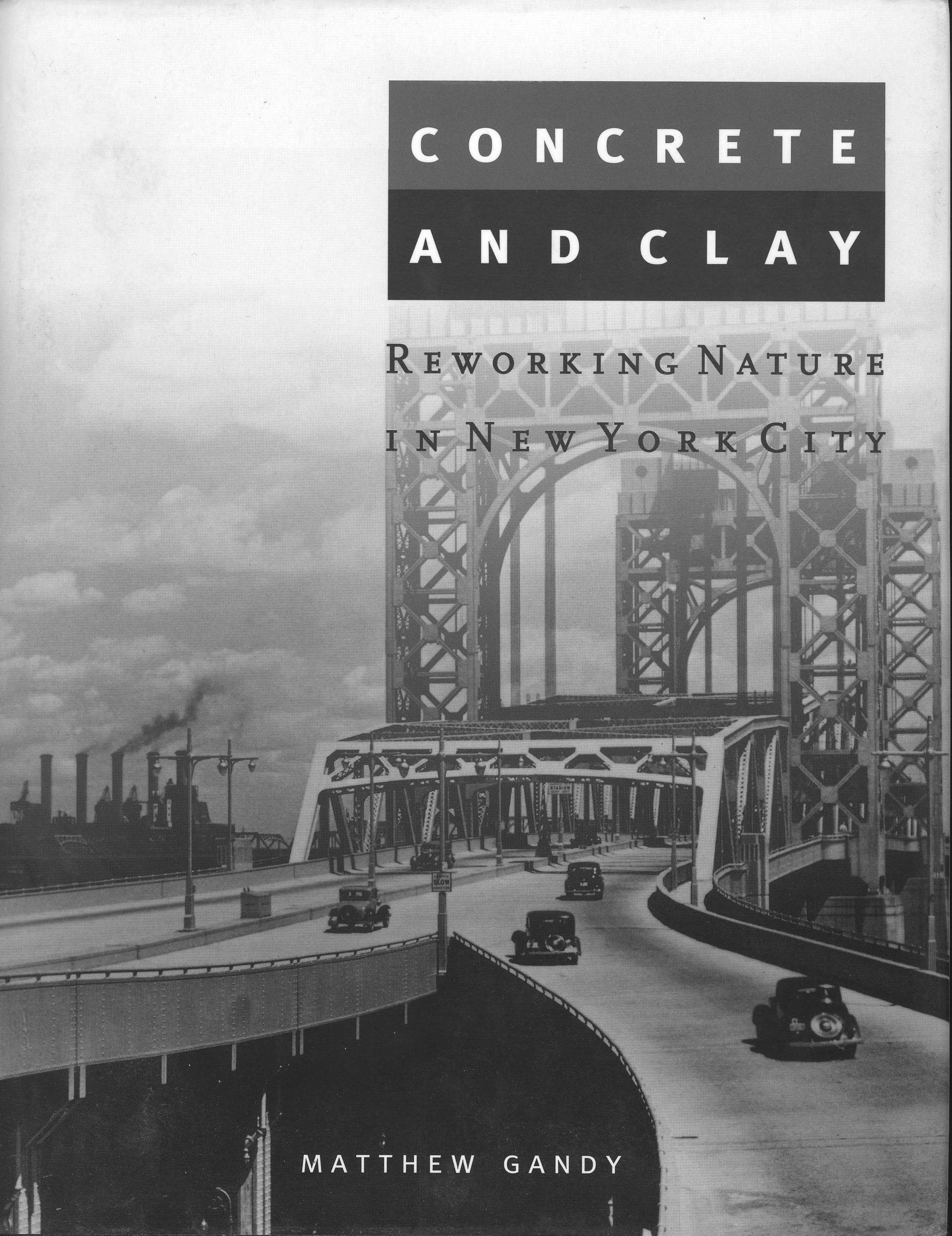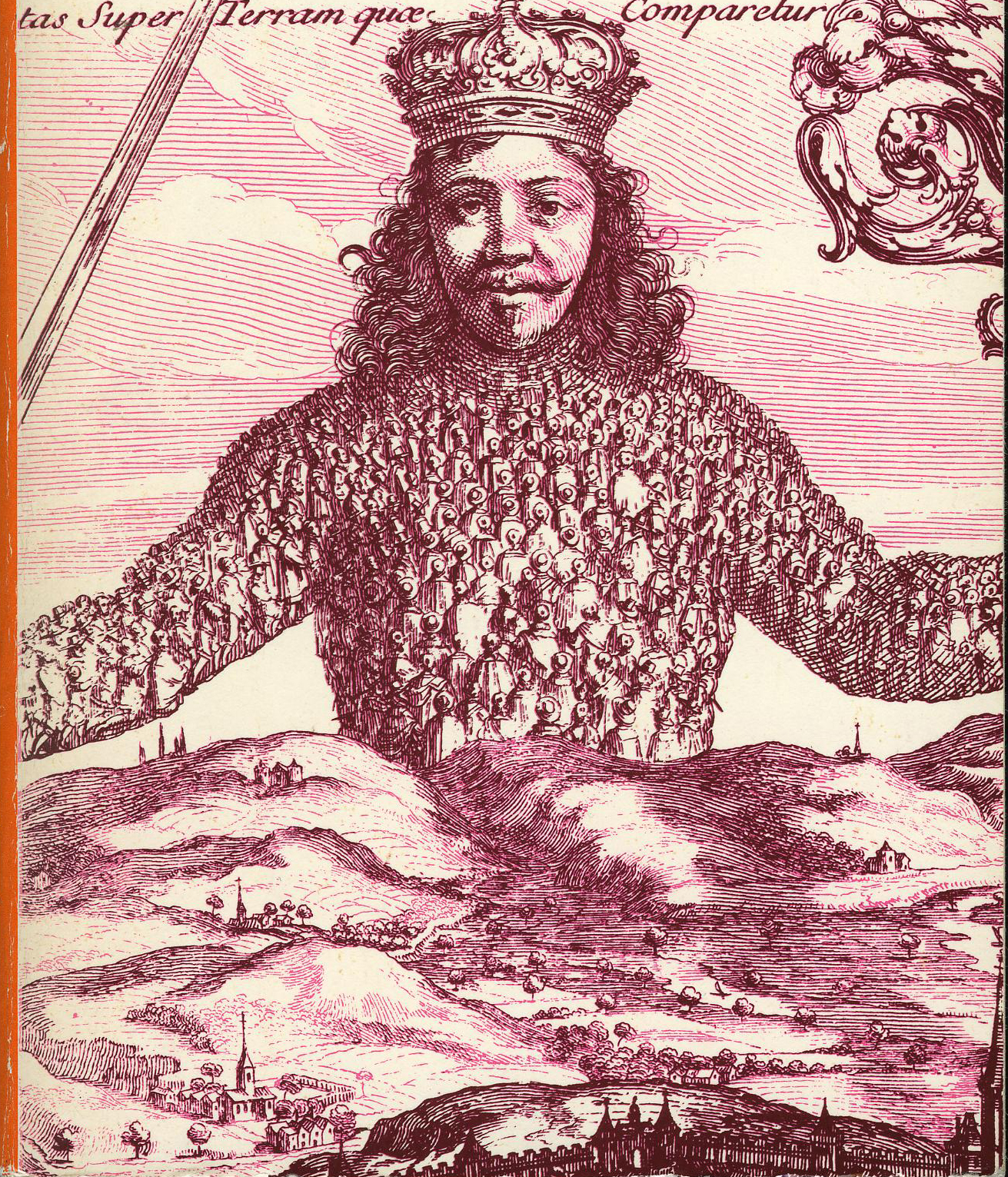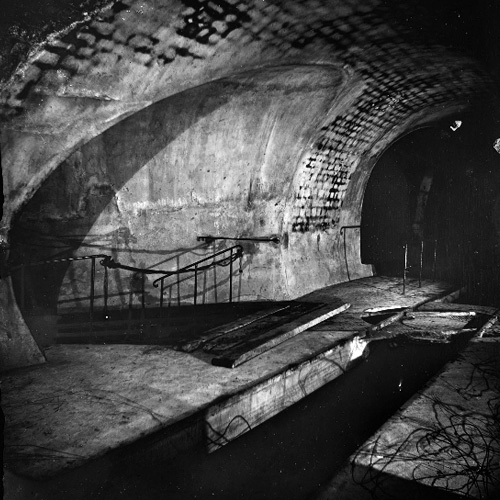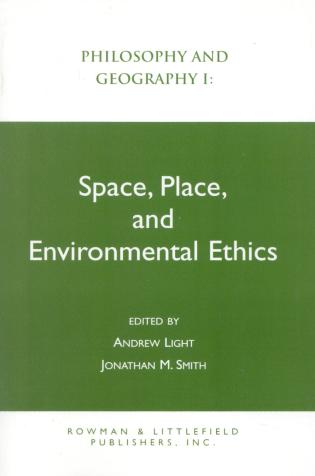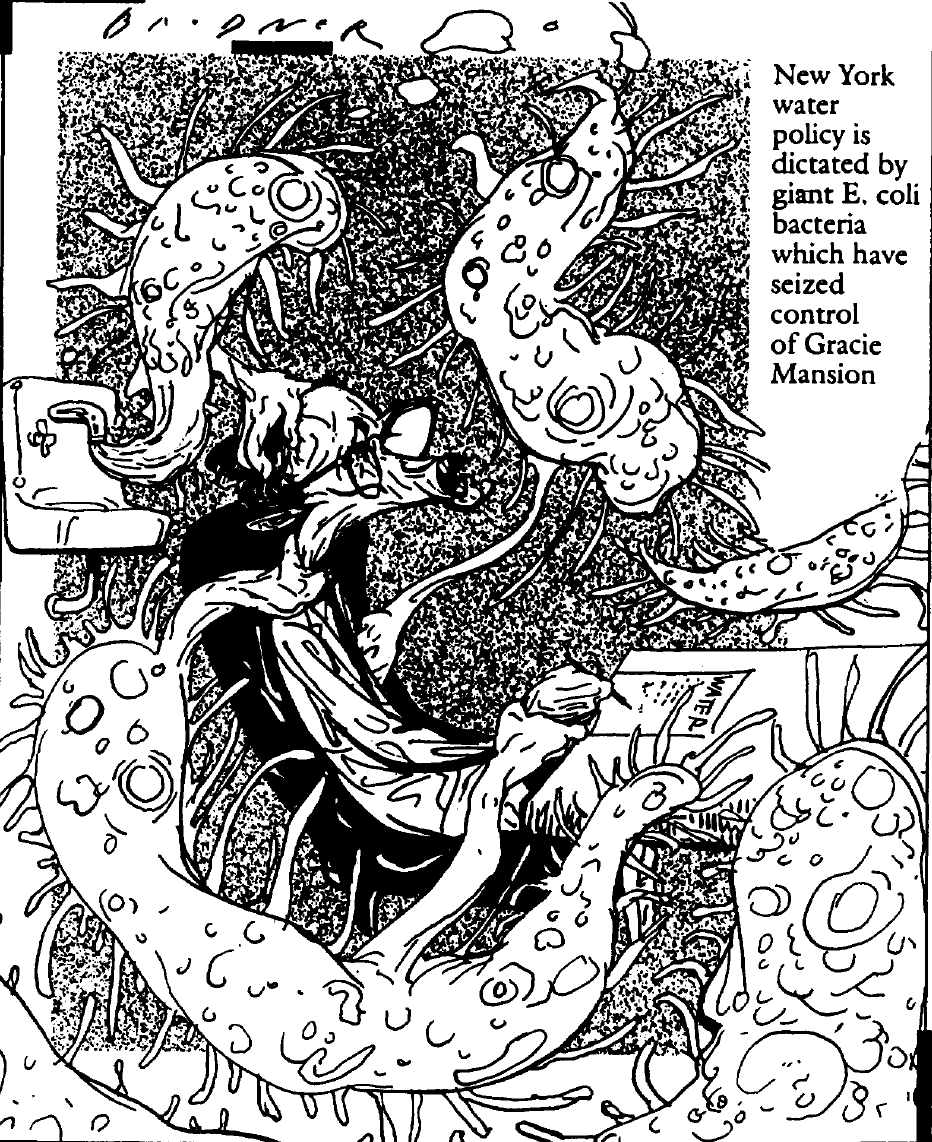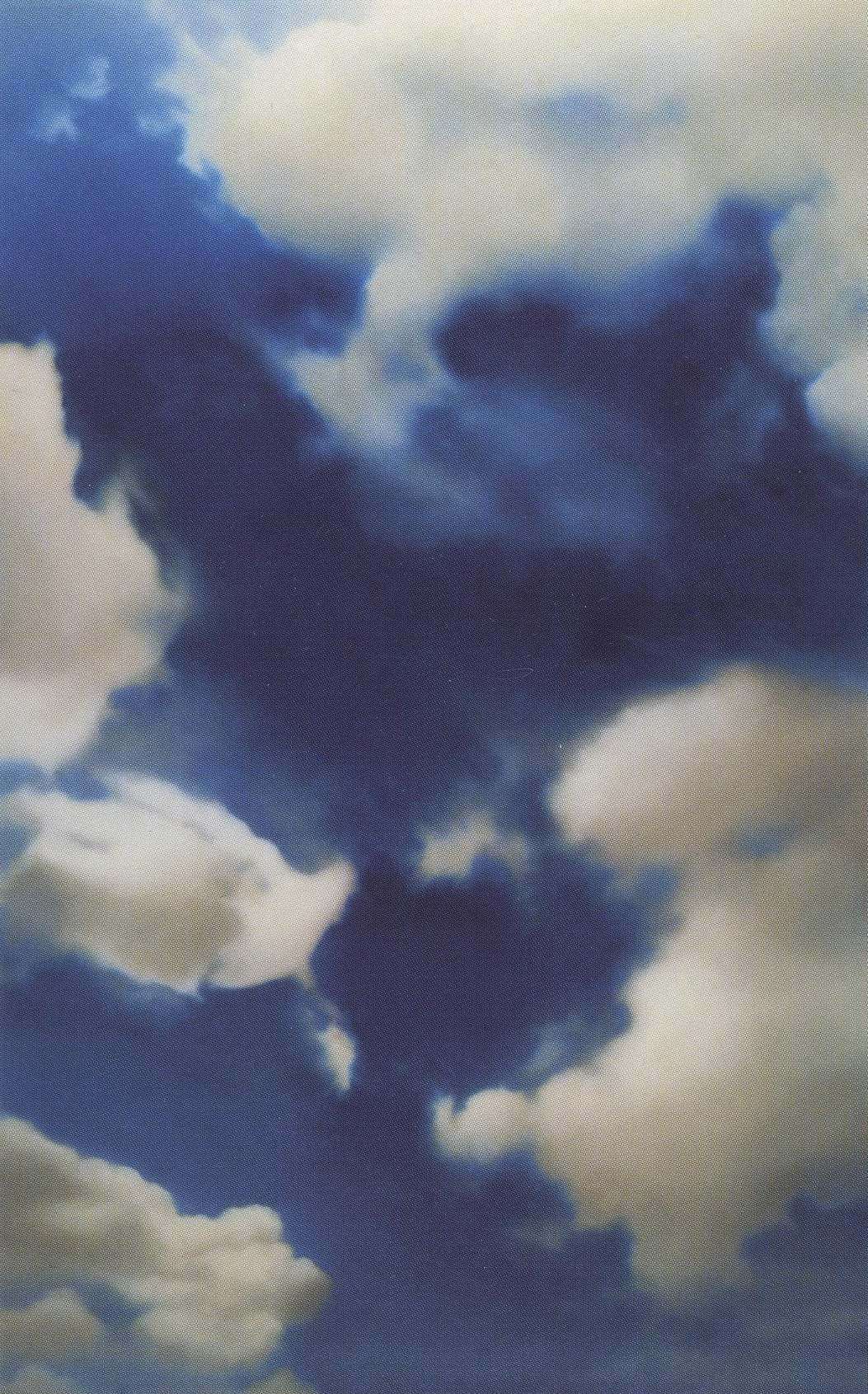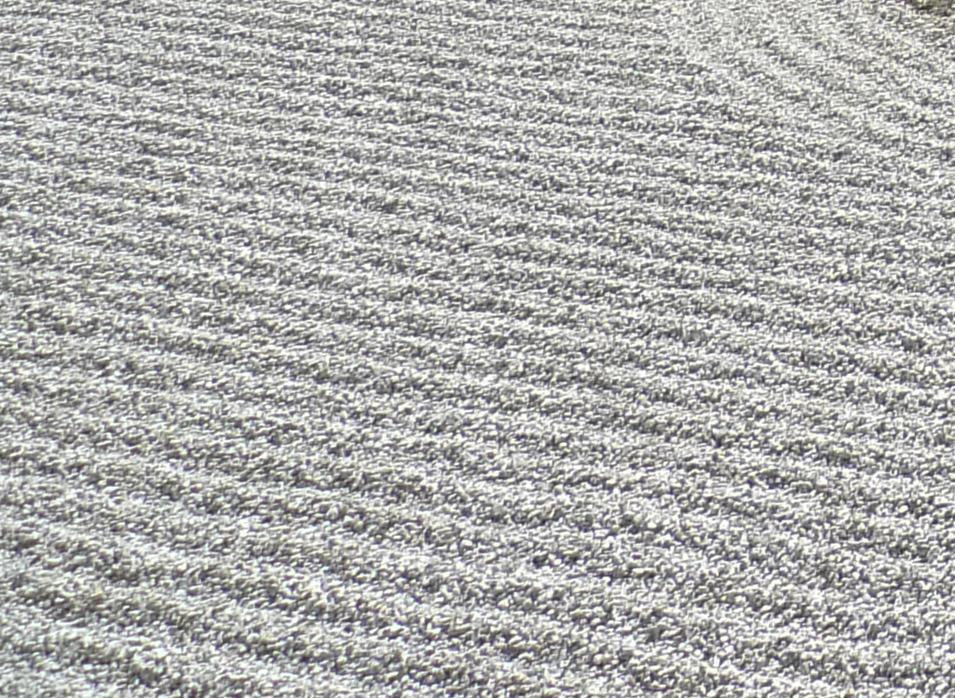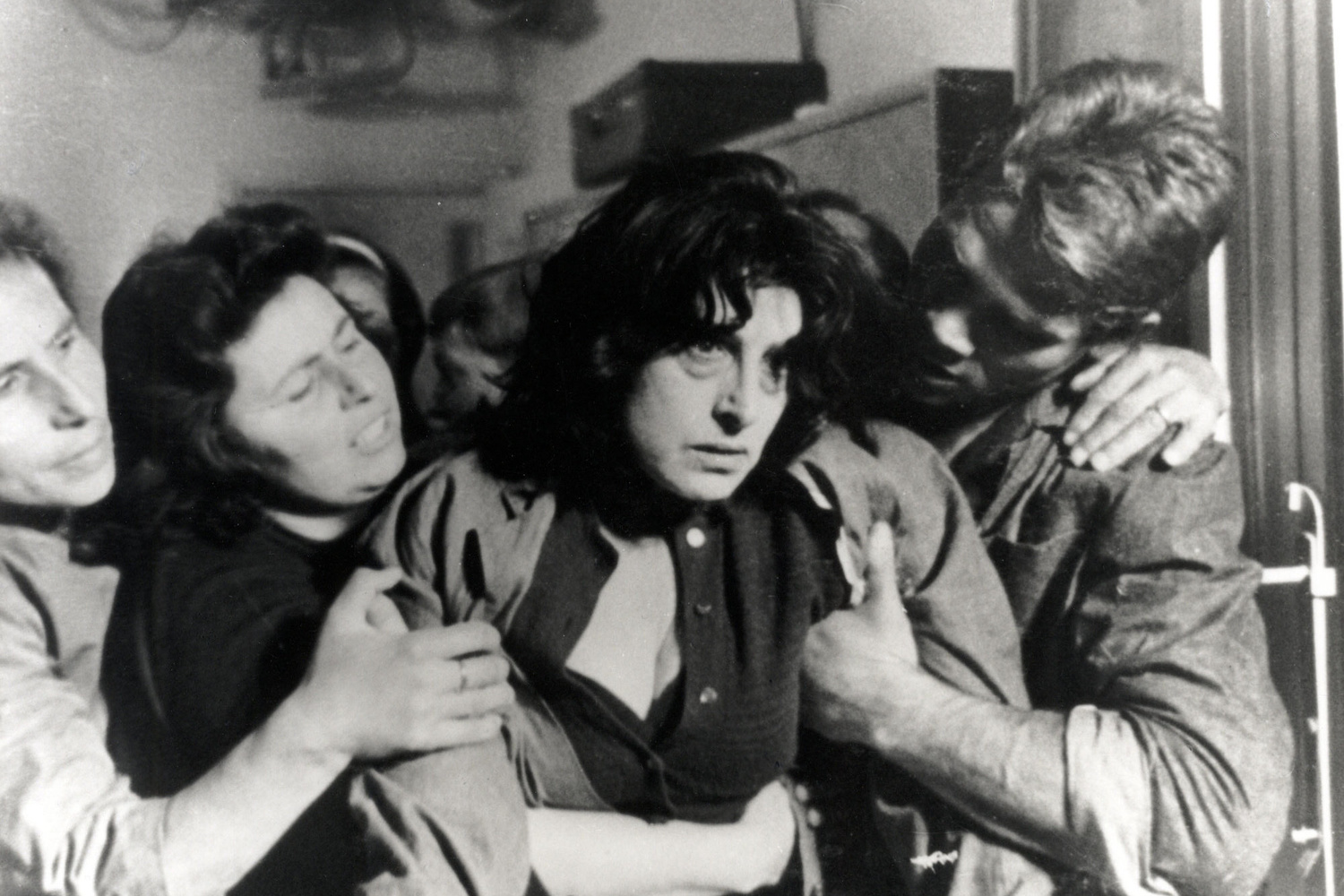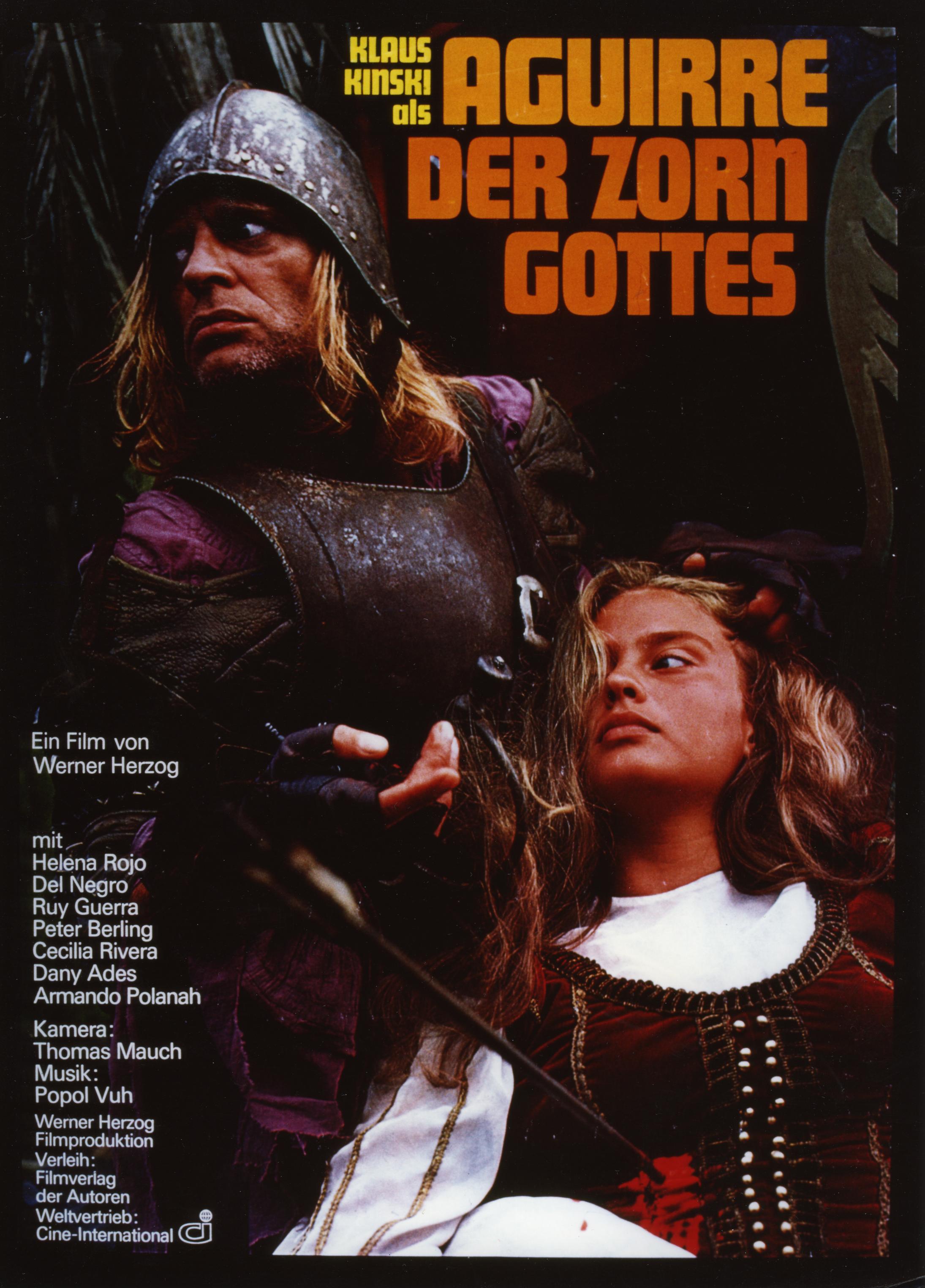in Watson, S. and Bridge, G. (eds.) The new Blackwell companion to the city (Oxford and Malden, MA: Blackwell, 2011) pp. 57–65.
Category: publications
Reflections on a Berlin corner
in Gandy, M. (ed.) Urban constellations (Berlin: jovis, 2011) pp. 149–152.
The ecological façades of Patrick Blanc
Architectural Design 80 (3) (2010): 28–33.
The persistence of complexity: re-reading Donna Haraway’s Cyborg manifesto
AA Files 60 (2010): 42–44
Liquid city: reflections on making a film
Cultural Geographies 16 (3) (2009): 408–413.
Urban flux
Architectural Design 79 (5) (2009): 12–17.
Starting points: Gilles Clément and the recuperation of space
New Geographies (2008) 1: 110–119.
Above the treetops: nature, history and the limits to philosophical naturalism
Geoforum 39 (2) (2008): 561–569.
Landscapes of disaster: water, modernity and urban fragmentation in Mumbai
Environment and Planning A 40 (1) (2008): 108–130.
Riparian anomie: reflections on the Los Angeles River
Landscape Research 31 (2) (2006): 135–145.
Planning, anti-planning and the infrastructure crisis facing metropolitan Lagos
Urban Studies 43 (2) (2006): 71–96.
The bacteriological city and its discontents
Historical Geography 34 (2006): 14–25.
Urban nature and the ecological imaginary
in Heynen, N.; Kaïka, M.; and Swyngedouw, E. (eds.) In the nature of cities: urban political ecology and the politics of urban metabolism (London: Routledge, 2006) pp. 62–73.
The cinematic void: the representation of desert space in Michelangelo Antonioni’s Zabriskie Point
in Lefebvre, M. (ed.) Landscape and film (London: Routledge, 2006) pp. 315–332.
Hydropolis: Wasser und der Stadt der Moderne
The drowned world: J.G. Ballard and the politics of catastrophe
Space and Culture 9 (1) (2006): 68–71.
Zones of indistinction: bio-political contestations in the urban arena
Cultural Geographies 13 (4) (2006): 497–516.
Deadly alliances: death, disease, and the global politics of public health
PLoS: Medicine 2 (1) (2005): 1–4.
Cyborg urbanization: complexity and monstrosity in the contemporary city
International Journal of Urban and Regional Research 29 (1) (2005): 26–49.
Learning from Lagos
New Left Review 33 (2005): 37–53.
Lagos trotz Koolhaas
Stadtbauwelt 48 (2004): 20–31.
Rethinking urban metabolism: water, space, and the modern city
City 8 (3) (2004): 371–387.
Allergy and allegory in Todd Haynes’s Safe
in Shiel, M. and FitzMaurice, T. (eds.) Screening the city (London and New York: Verso, 2003) pp. 231–261.
The return of the White Plague
‘Life without germs: contested episodes in the history of tuberculosis’ in Gandy, M. and Zumla, A. (eds.) The return of the White Plague: global poverty and the ‘new’ tuberculosis (London and New York: Verso, 2003) pp. 15–38.
Landscapes of deliquesence in Michelangelo Antonioni’s Red Desert
Transactions of the Institute of British Geographers 19 (2) (2003): 218–237.
Concrete and clay: reworking nature in New York City
Rethinking the ecological Leviathan
Global Environmental Change 9 (1) (1999): 59–69.
The Paris sewers and the rationalization of urban space
Transactions of the Institute of British Geographers 24 (1) (1999): 23–44.
Ecology, modernity, and the intellectual legacy of the Frankfurt School
Philosophy and Geography 1: Space, Place and Environmental Ethics 1 (1997): 231–255.
The making of a regulatory crisis: restructuring New York City’s water supply
Transactions of the Institute of British Geographers 22 (3) (1997): 338–358.
Contradictory modernities: conceptions of nature in the art of Joseph Beuys and Gerhard Richter
Annals of the Association of American Geographers 87 (4) (1997): 636–659.
Crumbling land: the postmodernity debate and the analysis of environmental problems
Progress in Human Geography 20 (1) (1996): 23–40.
The heretical landscape of the body: Pier Paolo Pasolini and the scopic regime of European cinema
Environment and Planning D: Society and Space 14 (3) (1996): 293–310.
Visions of darkness: representations of nature in the films of Werner Herzog
Ecumene 3 (1) (1996): 1–21
